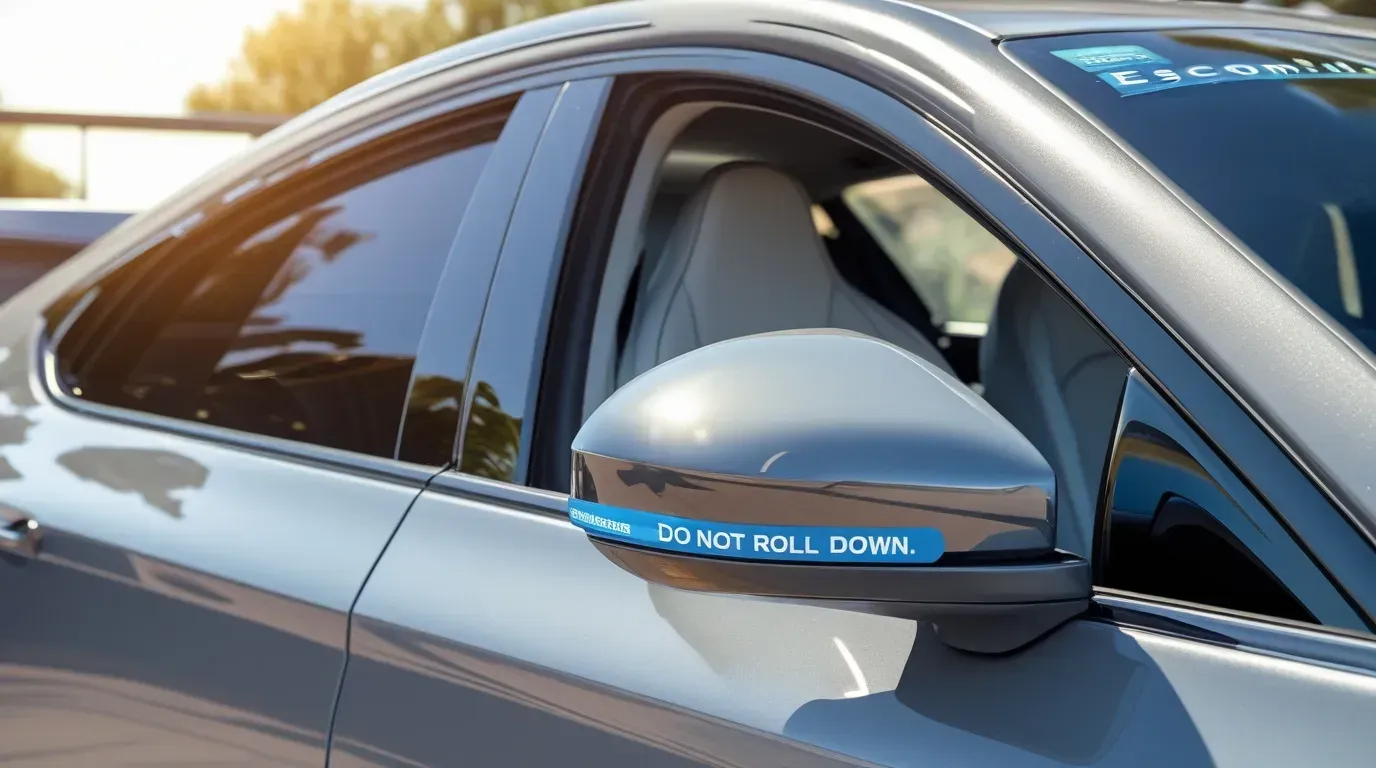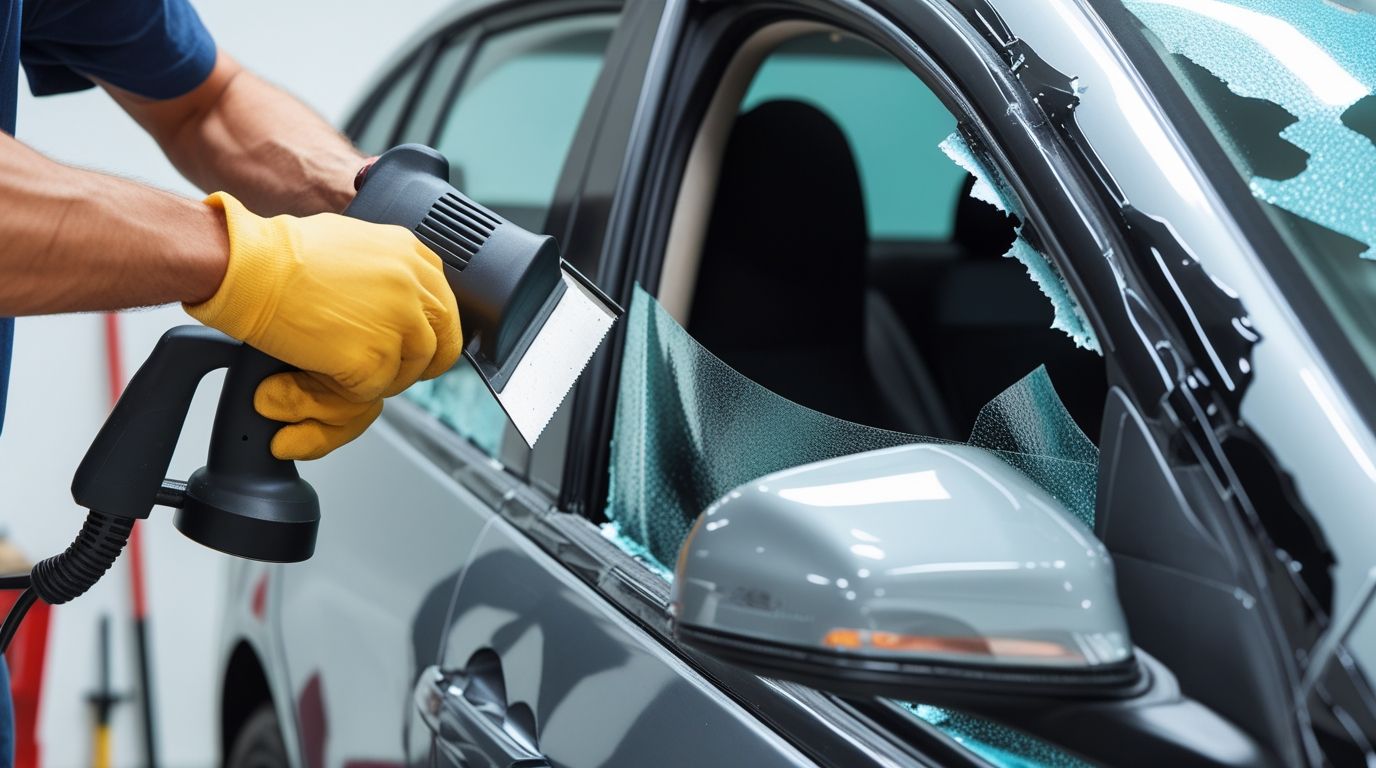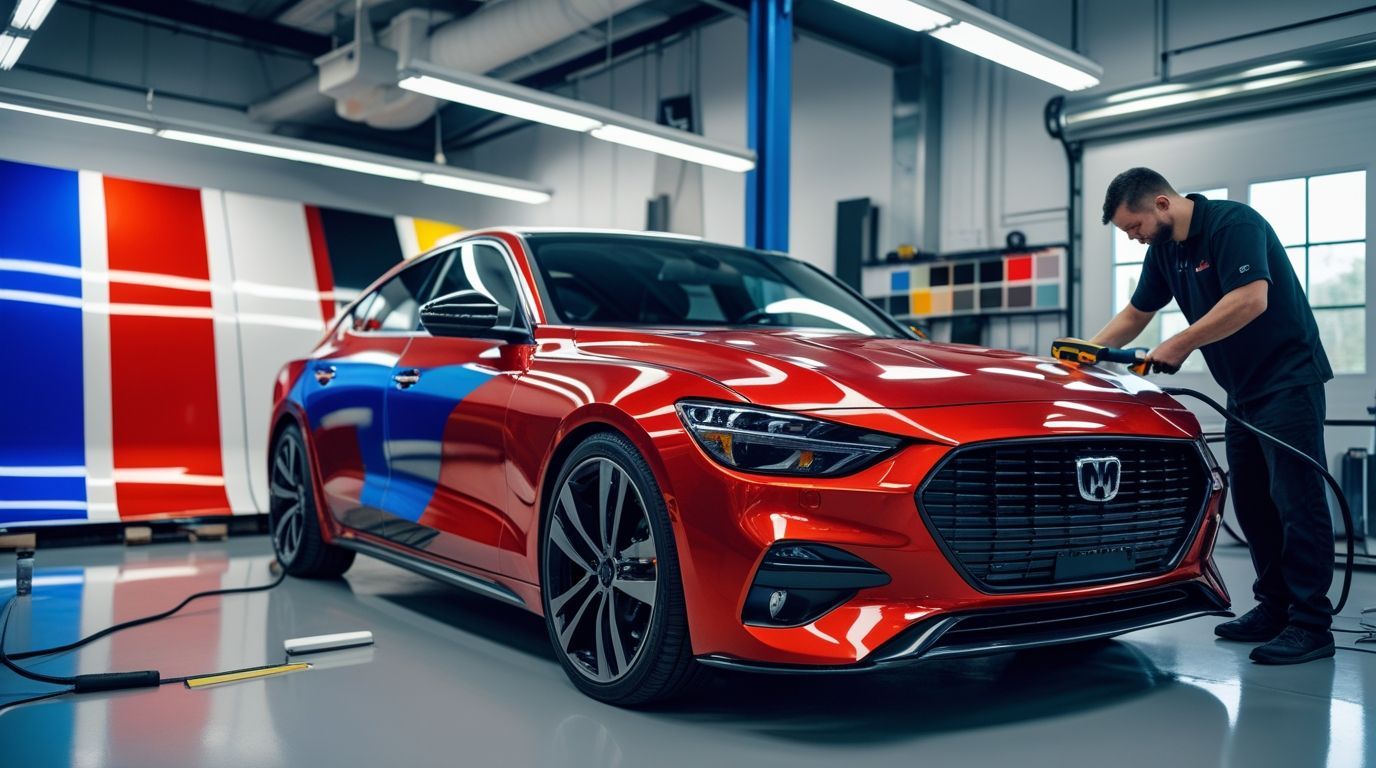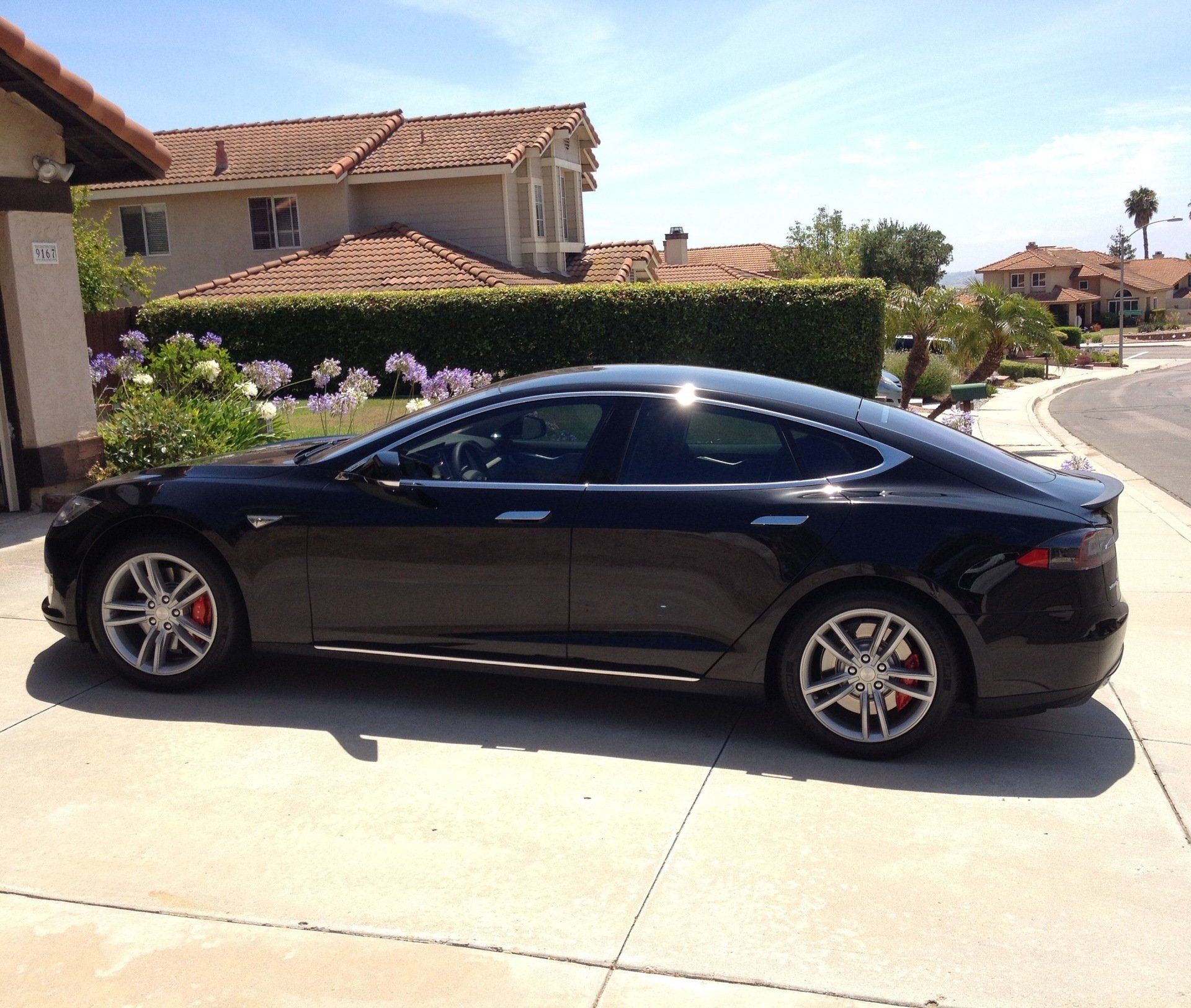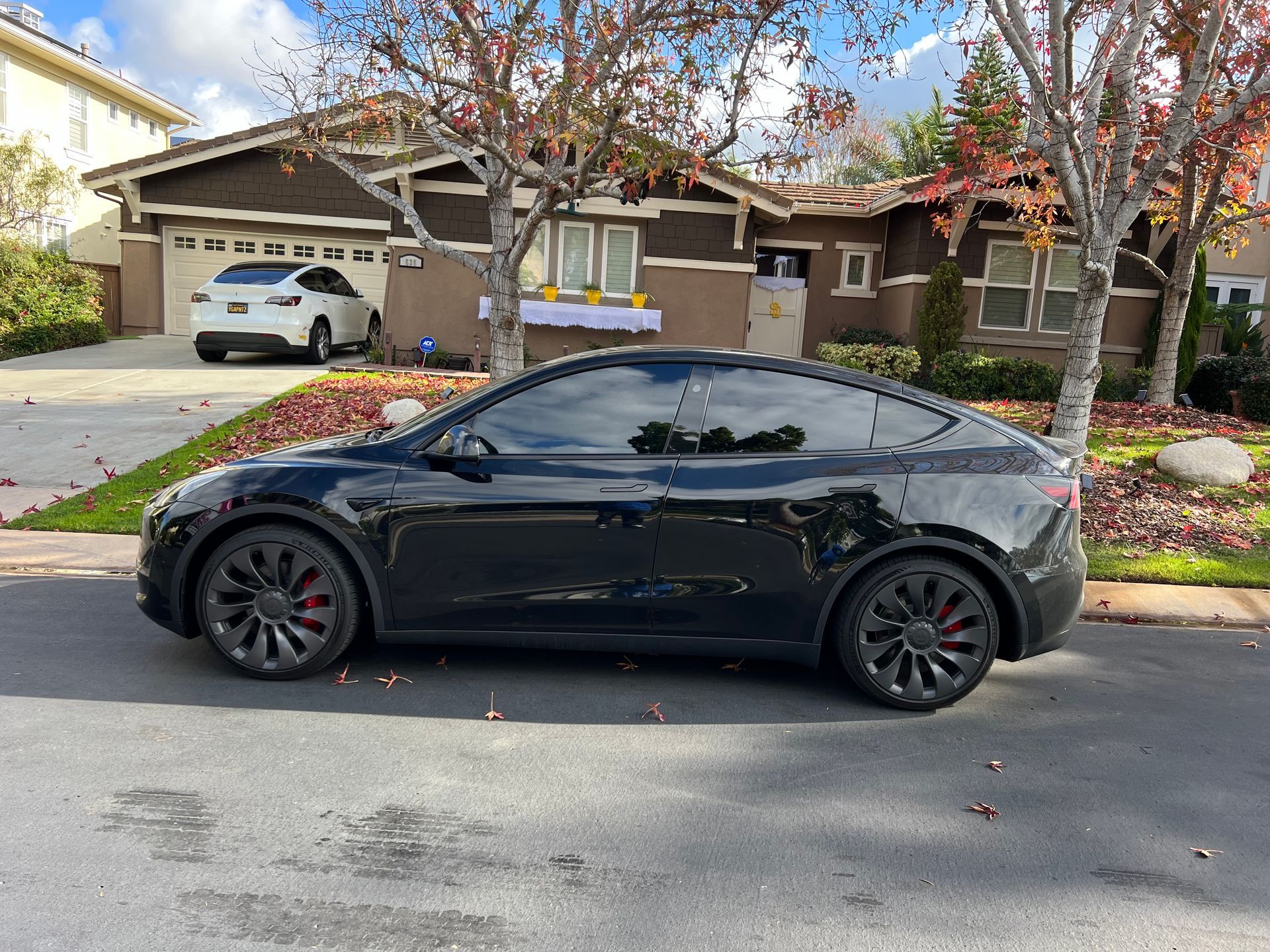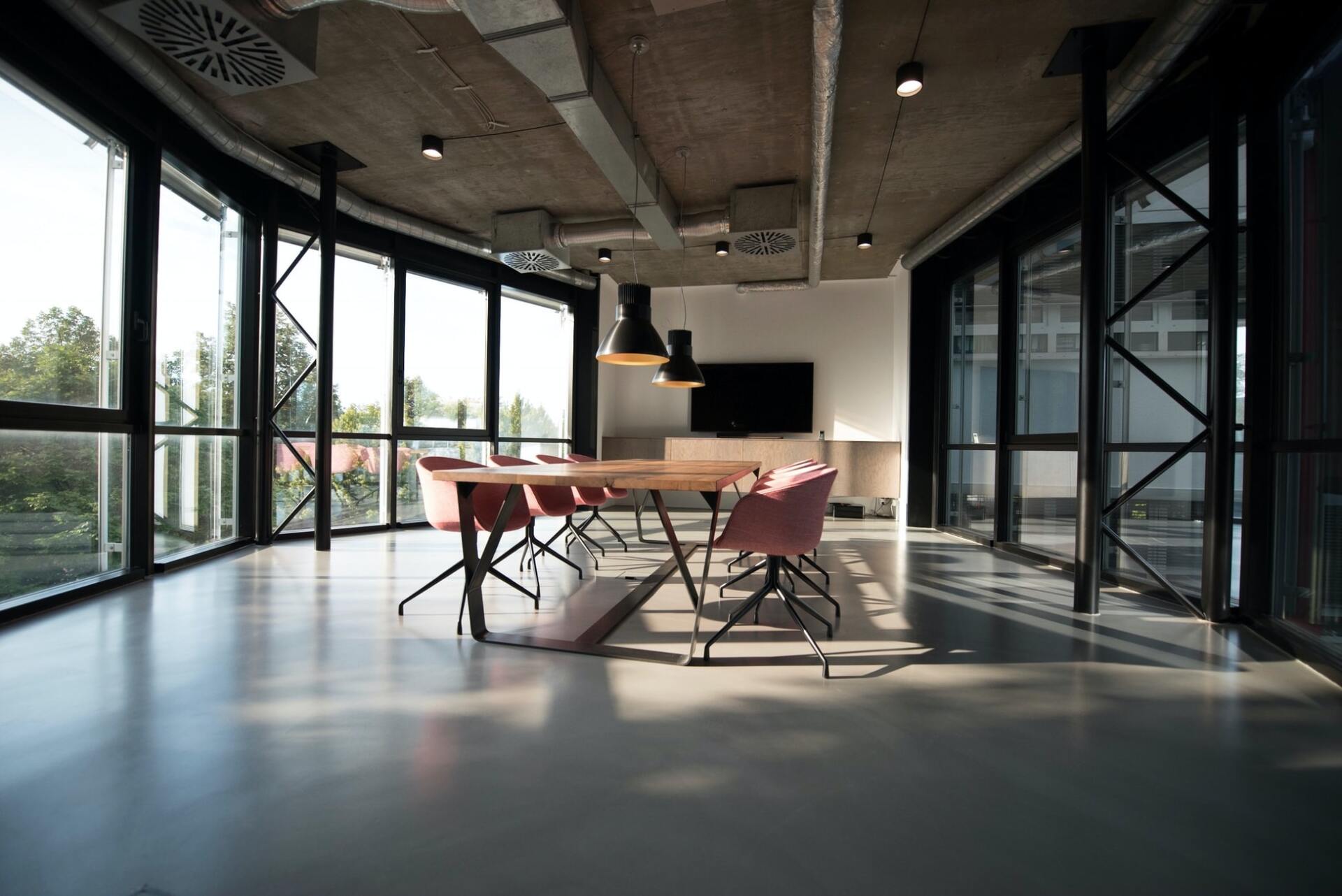Our Blogs
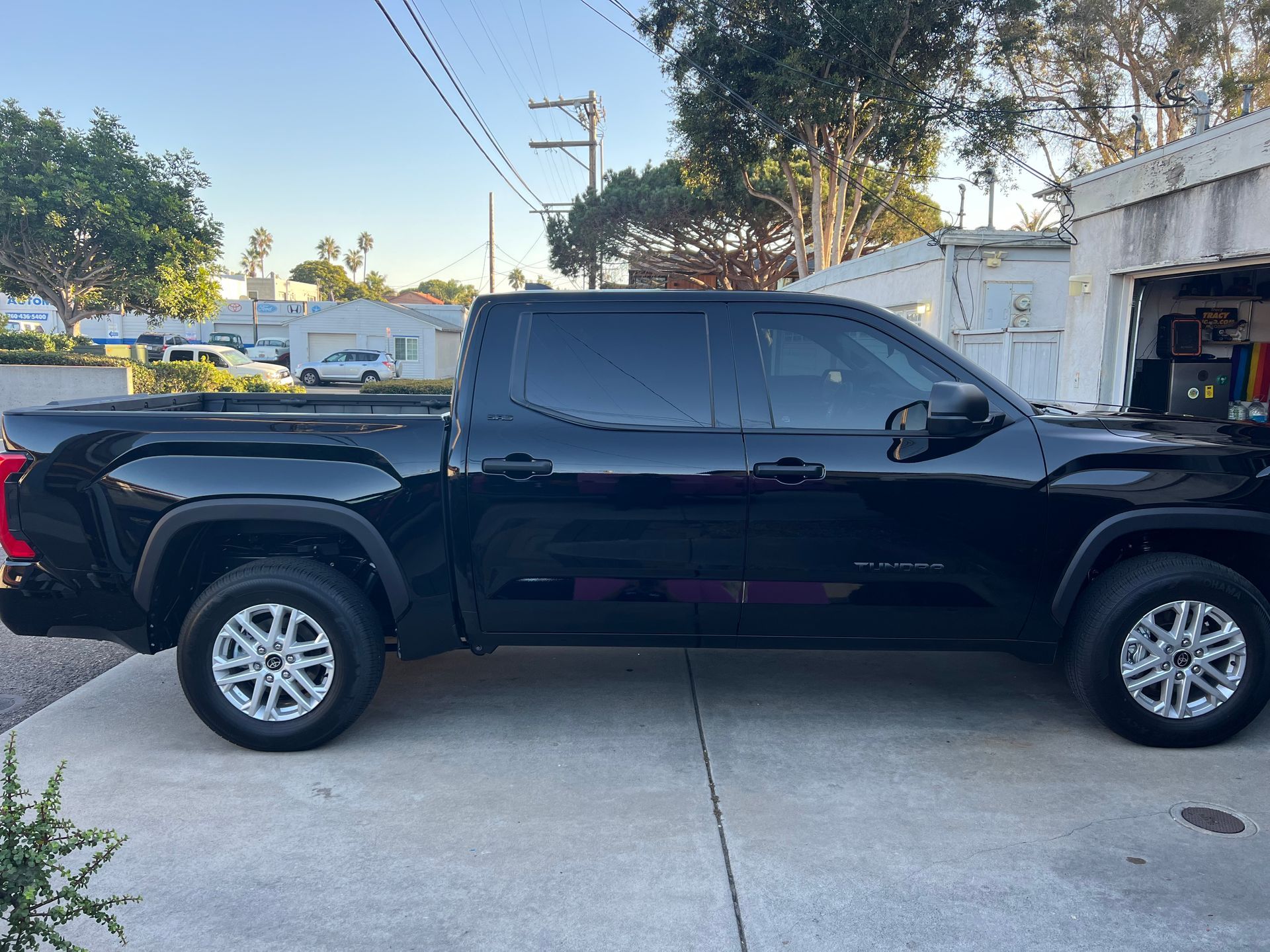
Ceramic coating has become a buzzword in the automotive world, with many car owners swearing by its benefits. But what is ceramic coating? How does it work, and what advantages does it offer? This blog post aims to demystify ceramic coating and help you understand why it might be a worthy investment for your vehicle. Understanding Ceramic Coating Before we delve into what ceramic coating does, let's first understand what it is. Ceramic coating, also known as nano-ceramic coating, is a liquid polymer that is applied to the exterior of vehicles. It forms a bond with the vehicle's paintwork on a molecular level, creating an extra layer of protection. This protective layer is not just any ordinary shield; it offers numerous benefits that contribute to maintaining your car's aesthetic appeal and longevity. The Magic of Ceramic Coating: Protection and Shine One of the primary functions of ceramic coating is to provide an additional layer of protection for your vehicle. Here's how: 1. Protection Against UV Damage and Oxidation: If you live in an area with intense sunlight or if your car spends most of its time outdoors, UV rays can cause significant damage to your car’s paintwork over time. They can lead to oxidation, which results in a dull and faded appearance. A ceramic coating protects your vehicle against this damage by reflecting UV rays, thereby preventing oxidation. 2. Resistance Against Chemical Stains: Your vehicle encounters various harmful chemicals daily - from bird droppings and acid rain to road salt and pollutants. These substances can etch into the paintwork over time, causing stains and discoloration. A ceramic-coated surface resists these chemicals, ensuring they don't bond with the car's paint. 3. Enhanced Glossiness: Besides offering protection, ceramic coatings are known for their ability to enhance the glossiness of your vehicle's paintwork. The coating creates a smooth surface that reflects light more effectively, giving your car a shiny, glossy look that is sure to turn heads. Ceramic Coating: Not a Miracle Solution While ceramic coating offers numerous benefits, it's essential to understand that it's not a miracle solution. It doesn't make your car invincible or completely scratch-proof. Sharp objects can still scratch the ceramic coating and the paint beneath it. However, the coating does provide an added layer of protection, making the paint more resistant to minor scratches. Additionally, ceramic coatings require proper maintenance for longevity. Regular washing and occasional decontamination are necessary to keep the coating in top shape and maintain its protective properties. Is Ceramic Coating Worth It? So, is investing in ceramic coating worth it? The answer largely depends on your specific needs and circumstances. If you value your vehicle's appearance and want to maintain its shine while also offering it some protection against environmental hazards, then yes – ceramic coating could be a worthwhile investment. However, keep in mind that professional application of ceramic coatings can be quite expensive due to the labor-intensive process involved. If you're considering this option, ensure you choose a reputable professional for the job to get the best results. Conclusion In conclusion, understanding what is ceramic coating and what it does can help you make an informed decision about whether or not it's right for your vehicle. This protective layer offers enhanced glossiness and protection against UV damage, chemical stains, and minor scratches - all contributing factors to maintaining your car’s aesthetic appeal over time. However, remember that it isn't a one-time solution; proper maintenance is crucial for its longevity. So weigh up these factors before deciding if this investment is right for you!
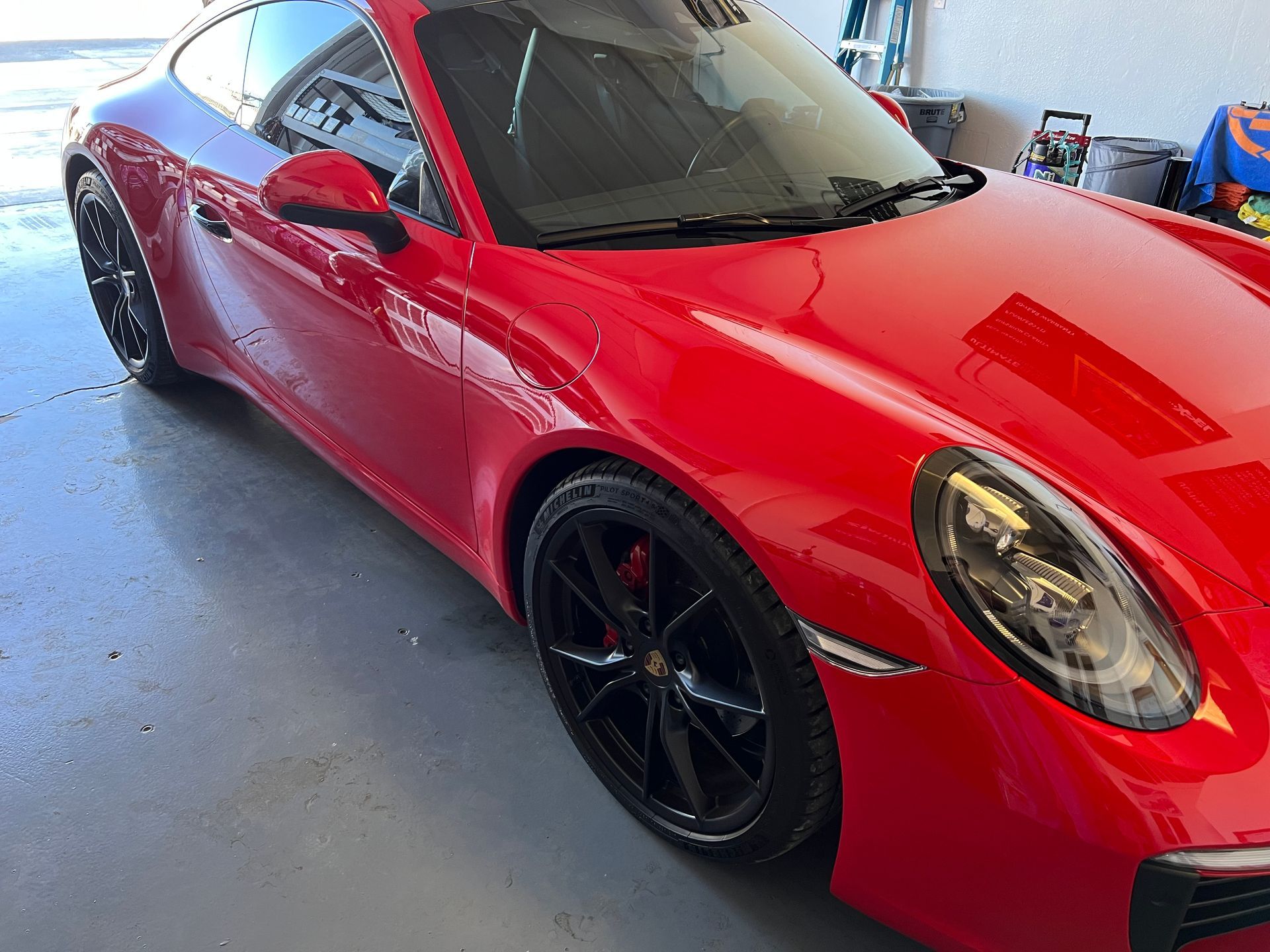
The world of car maintenance and detailing is full of products and services designed to keep your vehicle looking its best. One such product that has gained popularity in recent years is ceramic coating. But what is ceramic coating, and is it good for your car? This blog post will delve into the details about ceramic coating, its benefits, and whether it's a worthwhile investment for your vehicle. What is Ceramic Coating? Ceramic coating, also known as nano-ceramic coating, is a liquid polymer that is applied by hand to the exterior of a vehicle. The coating chemically bonds with the vehicle's factory paint, creating a layer of protection. Once cured, this product forms a hard layer on the car’s surface that can last for years with proper maintenance. Ceramic coatings are known for their high durability and ability to protect your car from many common sources of damage like UV rays, acid rain, bird droppings, and chemical stains. They also provide an impressive gloss finish that can make your car look like it just rolled off the showroom floor. Benefits of Ceramic Coating Now that we've answered the question "what is ceramic coating," let's look at some of its benefits: 1. Enhanced Protection: One of the main reasons people opt for ceramic coatings is because they offer superior protection compared to traditional wax or sealants. The hard shell it creates protects against minor scratches, UV damage, oxidation, acid rain, bird droppings and even some types of graffiti. 2. Easy Maintenance: With a ceramic coated car, cleaning becomes much easier as dirt and grime find it harder to stick to the surface due to its hydrophobic properties. This means less time spent washing your car and more time enjoying it. 3. Improved Appearance: A ceramic coated car boasts an impressive shine that traditional waxes simply cannot match. It enhances the depth and clarity of your car’s paint, giving it a glossy, wet look that turns heads wherever you go. 4. Long-lasting: Unlike wax or sealants that require frequent reapplication, a ceramic coating lasts for years. This makes it a cost-effective solution in the long run. Is Ceramic Coating Worth It? While ceramic coating offers numerous benefits, it's important to consider whether it's the right choice for you. The cost of professional ceramic coating can range from several hundred to over a thousand dollars, depending on the size of your vehicle and the specific package you choose. However, when considering the cost, remember that ceramic coating is a long-term investment in your vehicle's appearance and protection. It can save you money on frequent detailing services and reapplication of traditional waxes or sealants. Plus, maintaining a pristine exterior can help retain your car's resale value. Another factor to consider is your environment. If you live in an area with harsh weather conditions or where your car is exposed to pollutants regularly, a ceramic coating could be an excellent protective measure. Conclusion So, is ceramic coating good for your car? The answer largely depends on what you want out of your vehicle’s exterior. If you're looking for enhanced protection against environmental hazards, easier maintenance, improved appearance and longevity in your investment, then yes – ceramic coating could be an excellent choice for you. However, remember that while it provides superior protection compared to traditional methods, it doesn't make your car invincible. Regular washing and maintenance are still necessary to keep your vehicle looking its best. In conclusion, understanding what ceramic coating is and its benefits can help you make an informed decision about whether this product is right for your vehicle. As with any investment in your car’s care and maintenance, always do thorough research and consult with professionals if needed.
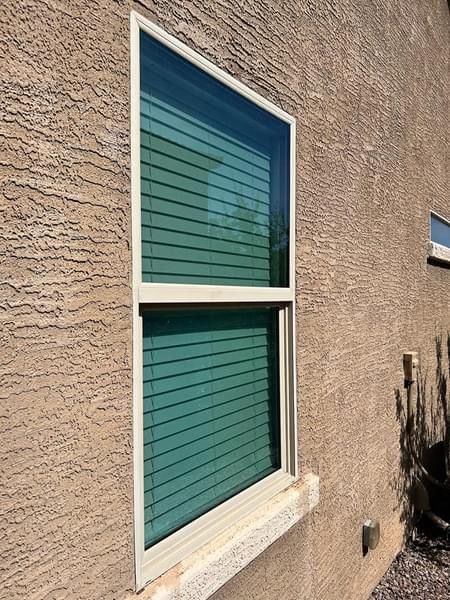
Whether you're a homeowner, property manager, or turf enthusiast, you've likely heard about the benefits of window film. But does putting film on windows really work? And how does window film for turf play into the equation? This blog post will delve into these questions and more, providing a comprehensive look at the effectiveness and benefits of window films. What is Window Film? Before we dive into whether window films work or not, it's essential to understand what they are. Window films are thin laminates that can be installed on the interior or exterior of glass surfaces in homes and buildings. They come in various types, including decorative, safety, and solar control films. Among these types, solar control films are particularly relevant when discussing window film for turf. These films are designed to reduce heat gain (in summer) and heat loss (in winter) through windows. They do this by reflecting away a significant portion of the sun's heat and glare. Does Putting Film on Windows Work? The short answer is yes; putting film on windows does work. However, the extent to which it works depends largely on your specific needs and the type of window film you choose. Solar control window films have been proven to significantly reduce heat gain in summer months by reflecting away the sun's rays. This can lead to substantial energy savings as it reduces reliance on air conditioning systems. In winter months, these films help retain heat within your home or building, reducing heating costs. Safety and security window films also serve their purpose effectively by strengthening your windows against break-ins and accidents. Decorative window films can transform your glass surfaces into works of art while providing privacy. The Impact of Window Film for Turf Now that we've established that window films do work let's focus specifically on window film for turf – an often-overlooked benefit of installing window films. Artificial turf, while durable and low maintenance, can be susceptible to damage from reflected sunlight. When the sun's rays hit a window, they can be reflected onto your turf, causing it to melt or discolor. This is where solar control window films come into play. By reducing the amount of sunlight that hits your windows, these films can significantly reduce the amount of reflected light that reaches your turf. This means that your artificial grass stays in pristine condition for longer, saving you from costly repairs or replacements. So, if you have artificial turf in your yard and are struggling with melting or discoloration issues due to reflected sunlight from windows, installing window film for turf is an effective solution. Choosing the Right Window Film for Your Needs While it's clear that putting film on windows works and offers several benefits, it's important to choose the right film for your specific needs. If heat control is your main concern, opt for solar control films with high heat rejection properties. If turf protection is what you're after, ensure that the film you choose effectively reduces glare and reflected light. In conclusion Window films offer a range of benefits from energy savings and enhanced security to turf protection. They are an effective solution for various issues related to glass surfaces in homes and buildings. When it comes to protecting artificial turf from damage caused by reflected sunlight, window film for turf proves invaluable. So yes, putting film on windows does work – it not only improves the comfort and security of your home but also extends the life of your artificial grass by protecting it from harmful reflected light. It's a win-win situation!
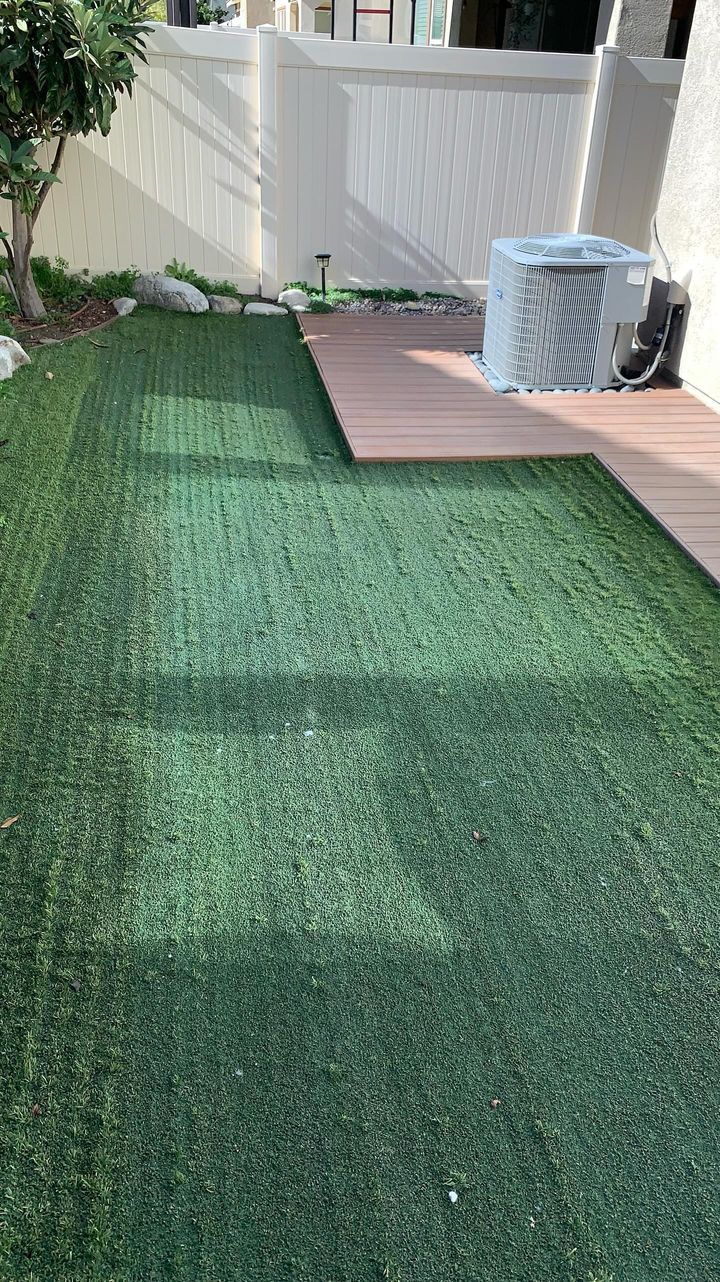
The beauty of a well-maintained lawn is undeniable. However, maintaining the lush greenery can sometimes be a challenge, especially with threats like turf burn. One surprising cause of turf burn is window reflection. The glare from windows, particularly those with energy-efficient low-E glass, can concentrate the sun's rays onto your lawn, causing it to dry out and burn. So how do you prevent turf burn from window reflection? One effective solution is using window film for turf protection. Understanding Turf Burn from Window Reflection Before delving into the solution, it's essential to understand the problem first. Turf burn from window reflection happens when sunlight bounces off your windows and focuses on a specific area of your lawn. This concentrated light can heat up the grass to temperatures high enough to cause damage or even ignite a fire. Energy-efficient windows are often culprits because they are designed to reflect more sunlight to keep homes cooler in summer and warmer in winter. However, this reflected light can be harmful to your lawn or artificial turf. Preventing Turf Burn Using Window Film for Turf Protection One of the most effective ways to prevent turf burn is by applying window film for turf protection on your windows. These films are designed to reduce the amount of light reflected by your windows, thereby reducing the risk of causing turf burns. Window films work by scattering light instead of reflecting it directly onto your lawn. They come in various shades and colors so you can choose one that complements your home's aesthetic while protecting your lawn. Benefits of Using Window Film for Turf Protection 1) Protects Your Lawn: The primary benefit of using window film for turf protection is that it safeguards your beautiful green lawn or artificial turf from getting scorched by reflected sunlight. 2) Energy Efficiency: While these films reduce reflection, they still maintain their energy efficiency. They continue to keep your home cool during summer and warm in winter by reflecting away the appropriate amount of sunlight. 3) Aesthetically Pleasing: Window films are available in a variety of shades and colors, allowing you to choose one that complements your home's exterior. They can enhance the overall look of your property while serving a practical purpose. 4) Easy to Install: Window films are relatively easy to install. You can do it yourself or hire a professional to ensure it's done correctly. 5) Cost-Effective: Compared to other solutions like installing awnings or changing your landscaping, using window film for turf protection is a cost-effective solution for preventing turf burn. Other Measures to Prevent Turf Burn While using window film for turf protection is an effective solution, there are other measures you can take to prevent turf burn from window reflection: 1) Water Your Lawn Regularly: Regular watering helps keep your lawn hydrated and less susceptible to burning. However, be careful not to overwater as this can lead to other problems like fungal growth. 2) Install Awnings or Screens: Installing awnings or screens over your windows can help reduce the amount of light reflected onto your lawn. 3) Change Landscaping Design: If possible, consider changing your landscaping design so that susceptible areas of your lawn aren't directly exposed to reflected sunlight. Conclusion Turf burn from window reflection is an issue that many homeowners face, especially those with energy-efficient windows. However, with the right measures in place, it's a problem that can be prevented effectively. Using window film for turf protection is an excellent solution that not only protects your lawn but also maintains energy efficiency and enhances the aesthetic appeal of your home. Remember, every green space is worth protecting; start safeguarding yours today!

